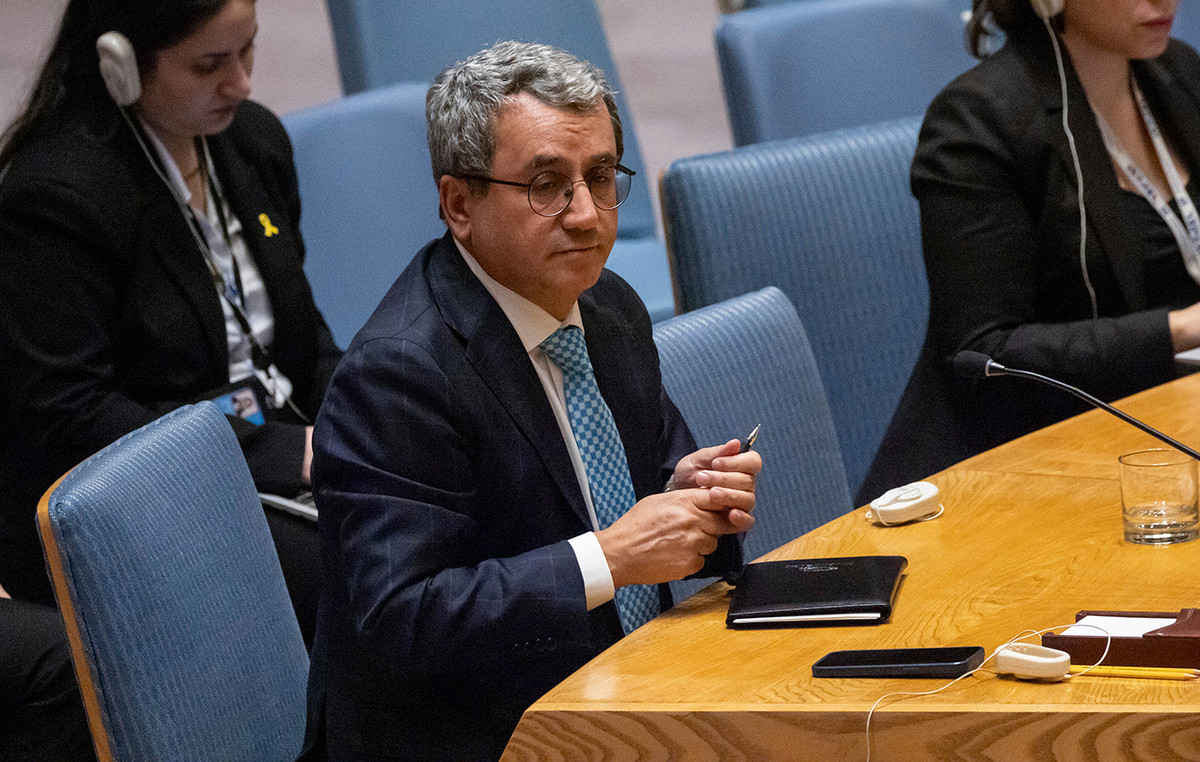- Banxico maintains the interest rate at 11.00%; Deputy Governor Omar Mejía Castelazo votes for a 25 basis point reduction.
- Officials cite financial market volatility and economic factors unique to Mexico.
- USD/MXN drops to 18.35 after Banxico, then rises, gaining 0.42%.
On Thursday, the Bank of Mexico (Banxico) decided to maintain the overnight interbank interest rate at 11.00%, as expected by most market participants. However, the decision was not unanimous, as Deputy Governor Omar Mejía Castelazo’s vote for a rate reduction by 25 basis points could have a significant impact.
Banxico’s unanimous decision fails to support the Mexican Peso
Banxico policymakers mentioned that Mexico’s financial markets were volatile and affected by “idiosyncratic factors.” As a result, Mexican government bond yields rose and the peso depreciated.
The officials mentioned that the disinflation process is expected to continue, adding that “the board anticipates that the inflationary environment may allow discussing adjustments in the reference rate.”
They acknowledged that the depreciation of the Mexican Peso impacted inflation forecasts, which were offset by weaker economic activity; however, the balance of inflationary risks remains tilted upwards.
USD/MXN reaction to Banxico’s decision
USD/MXN retreated to 18.35, before resuming its uptrend, with momentum favoring buyers, as shown by the RSI on the hourly chart. The USD/MXN pair is trading with gains of 0.42%.
Banxico FAQs
The Bank of Mexico, also known as Banxico, is the country’s central bank. Its mission is to preserve the value of Mexico’s currency, the Mexican peso (MXN), and set monetary policy. To do this, its main objective is to maintain low and stable inflation within target levels (at or near its 3% target, the midpoint of a tolerance band between 2% and 4%).
Banxico’s main tool to guide monetary policy is the setting of interest rates. When inflation is above the target, the bank will try to control it by raising rates, making it more expensive for households and businesses to borrow money and thus cooling the economy. Higher interest rates are generally positive for the Mexican Peso (MXN), as they generate higher returns, making the country a more attractive place for investors. On the contrary, lower interest rates tend to weaken the MXN. The rate differential with the Dollar, or how Banxico is expected to set interest rates compared to the United States Federal Reserve (Fed), is a key factor.
Banxico meets eight times a year and its monetary policy is greatly influenced by the decisions of the US Federal Reserve (Fed). Therefore, the central bank’s decision-making committee typically meets a week after the Federal Reserve. By doing so, Banxico reacts and sometimes anticipates the monetary policy measures set by the Federal Reserve. For example, after the Covid-19 pandemic, before the Fed raised rates, Banxico did so first in an attempt to decrease the chances of a substantial depreciation of the Mexican Peso (MXN) and avoid capital outflows that could destabilize to the country.
Source: Fx Street
I am Joshua Winder, a senior-level journalist and editor at World Stock Market. I specialize in covering news related to the stock market and economic trends. With more than 8 years of experience in this field, I have become an expert in financial reporting.








